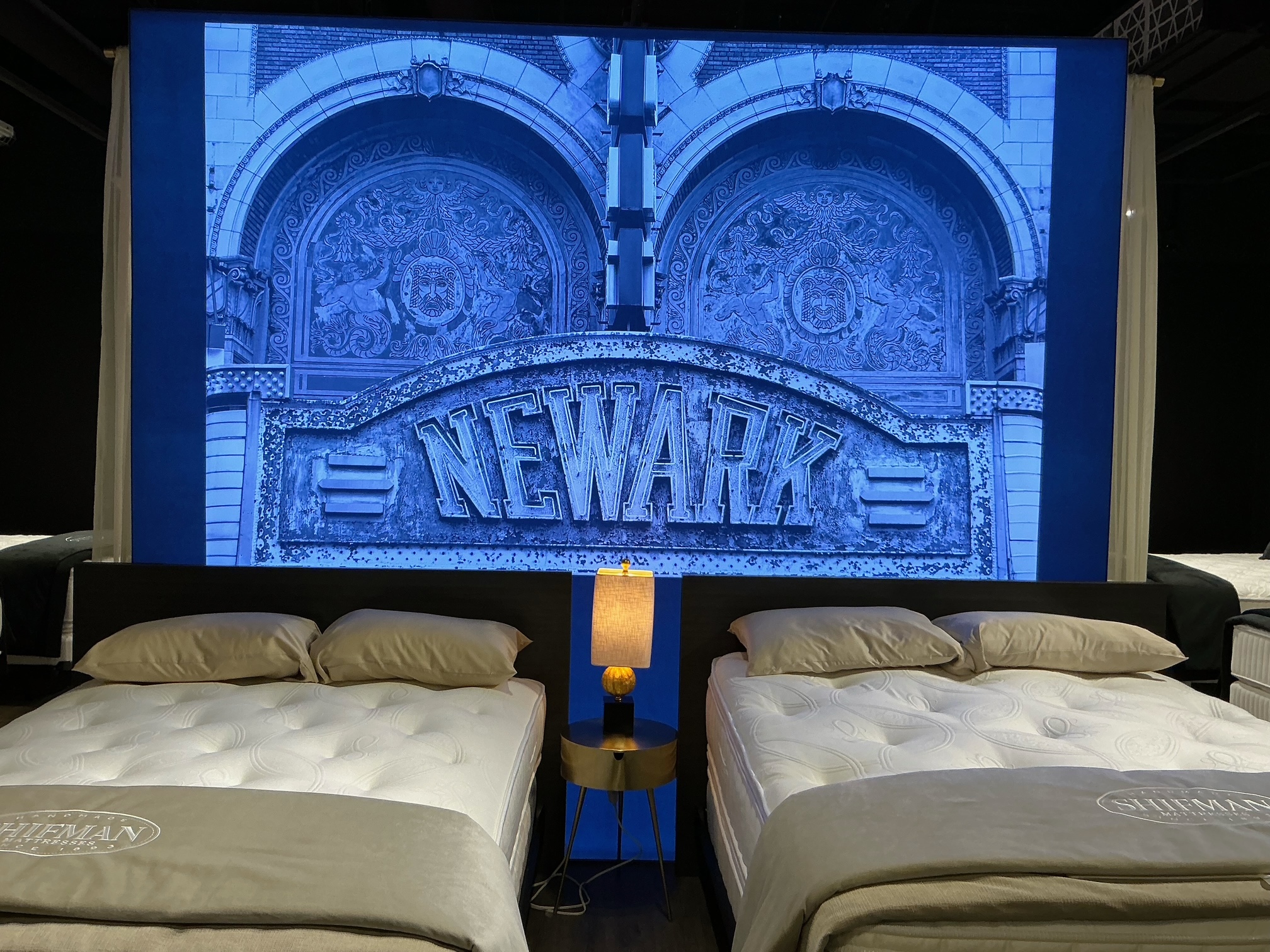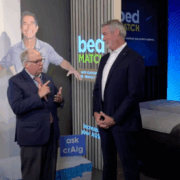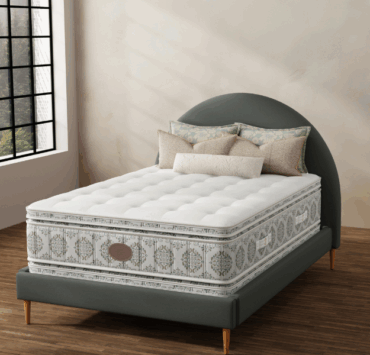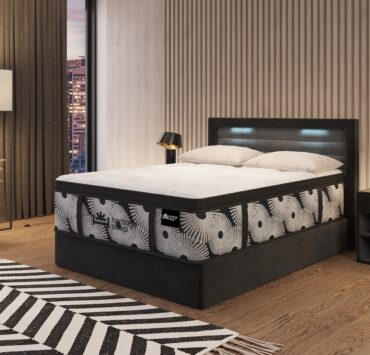In a challenging retail environment where foot traffic is down and every sale matters more than ever, luxury bedding is proving to be a successful category for many manufacturers.
Paramount Sleep President Richard Fleck says luxury has been the company’s fastest-growing category by far.
“We started this journey of luxury with the Hypnos line, and that has taken us to the next level,” Fleck says. “We had people from the U.K. come teach us how to side-stitch, and we are one of the only factories in the U.S. that uses this method.”
He says the company doesn’t make a bed below $700 because you can’t make a $299 bed and then turn around and be known to make a $4,000 bed. That’s why the company is continuing this luxury journey and investing in that space.
“Last year our luxury category grew immensely,” he says. “I recently saw a study about how luxury space in general is being impacted, and it had a 10% year-over-year decline in February. I think that was a result of what’s going on in the U.S. with the tariff conversations and the stock market. Luxury consumers are very tied into their investments, and when you see a 12% correction in the market, that does not bode well for that luxury consumer.”
While Paramount has beds that go for up to $25,000, Fleck says that when you look at unit penetration and dollar penetration, it’s beneficial to focus on the $3,000 to $10,000 range. But $4,999 is the luxury sweet spot for Paramount.
“We put a lot of effort into that price point when we did our analysis and matrix of all the products,” he explains.”You can have a great seller at $5,000 and it allows you to trade up or down. That is kind of the magic price point.”
Bill Hammer, president of Shifman Mattress, agrees that the luxury category is healthy. He says there is always a buyer who is looking for better products and willing to pay a premium for them.
“Those people are in very good shape financially,” Hammer explains. “And even though the stock market is volatile, and even though there’s inflationary pressure, it has much less effect on the affluent customer. I believe that that’s a thriving segment of the population. I also think that’s why more and more manufacturers are trying to figure out how to position products in that category.”
He adds that the luxury category has already grown greatly since the ’90s and that it will continue to grow because consumers are getting more educated on the mattress category.
“Many people make the mistake of buying something in a commoditized manner and getting something that doesn’t fully serve their needs,” he explains. “And when they learn from it, they will seek out something much better the next time around. That’s always been the case, but with the surge in boxed beds, people are finding it fills a need, but it doesn’t fit a lifestyle.”
Kurt Ling, principal of Posh+Lavish, says to think about luxury watches, cars and purses and how these products fit into a lifestyle and tell a story.
“Luxury has to be meaningful to be believed,” he says. “Luxury products do not sell themselves until they reach a tipping point or famedom. Louis Vuitton trunks and Hermes scarves have passed a brand tipping point in luxury. I don’t think a mattress brand has yet. The luxury story in many categories outside of fashion is almost always better performance. A $1,000 home espresso machine — it is better coffee, fancier coffee options and industrial design. In the mattress category, without a doubt, it is both unique supreme comfort and long life. Expensive mattresses have to be decadently comfortable and last longer than their less expensive counterparts.”
He adds that luxury goods are almost always manufactured by smaller companies in a consumer’s eyes.
“When a luxury product is mass produced or trades off a midprice-point name it will not be as successful as boutique offerings,” he says. “When a luxury product is available everywhere, it is not luxury in the eyes of consumers as well. The old saying goes, once a luxury product ends up in mass it loses its class.”
He also says that a luxury brand becomes even more successful when it can be personalized. “Personalization started showing up over 10 years ago in luxury,” he explains. “When a consumer can tweak a luxury product to ‘just for their own taste’ there is an experience in the process and a satisfaction in the product that is important. We make 10 different mattresses with three different true pillow tops that can be paired with any of them. There are so many combinations. Our attachment rate is over the top of mattresses and true pillow tops but giving the consumer the ability to customize the bed beyond just picking out a model is one of our retailers’ greatest opportunities.”
Some retailers have adopted a luxury-only model that doesn’t necessarily bring in tons of foot traffic, but makes larger sales to customers who are coming specifically for that level of product.
“It’s a slow transformation because retailers want to hold on to products that bring in traffic,” says David Binke, CEO of King Koil. “If you go to a typical furniture store now or a nice sleep shop and there are 40 beds on the floor, well over half of those are likely to be $2,000 and above. Five years ago, it might have been a dozen beds. It’s a transition because of what the manufacturers are showing and what it costs to do business now. Things are just more expensive, so I think that’s the natural evolution of it.”




